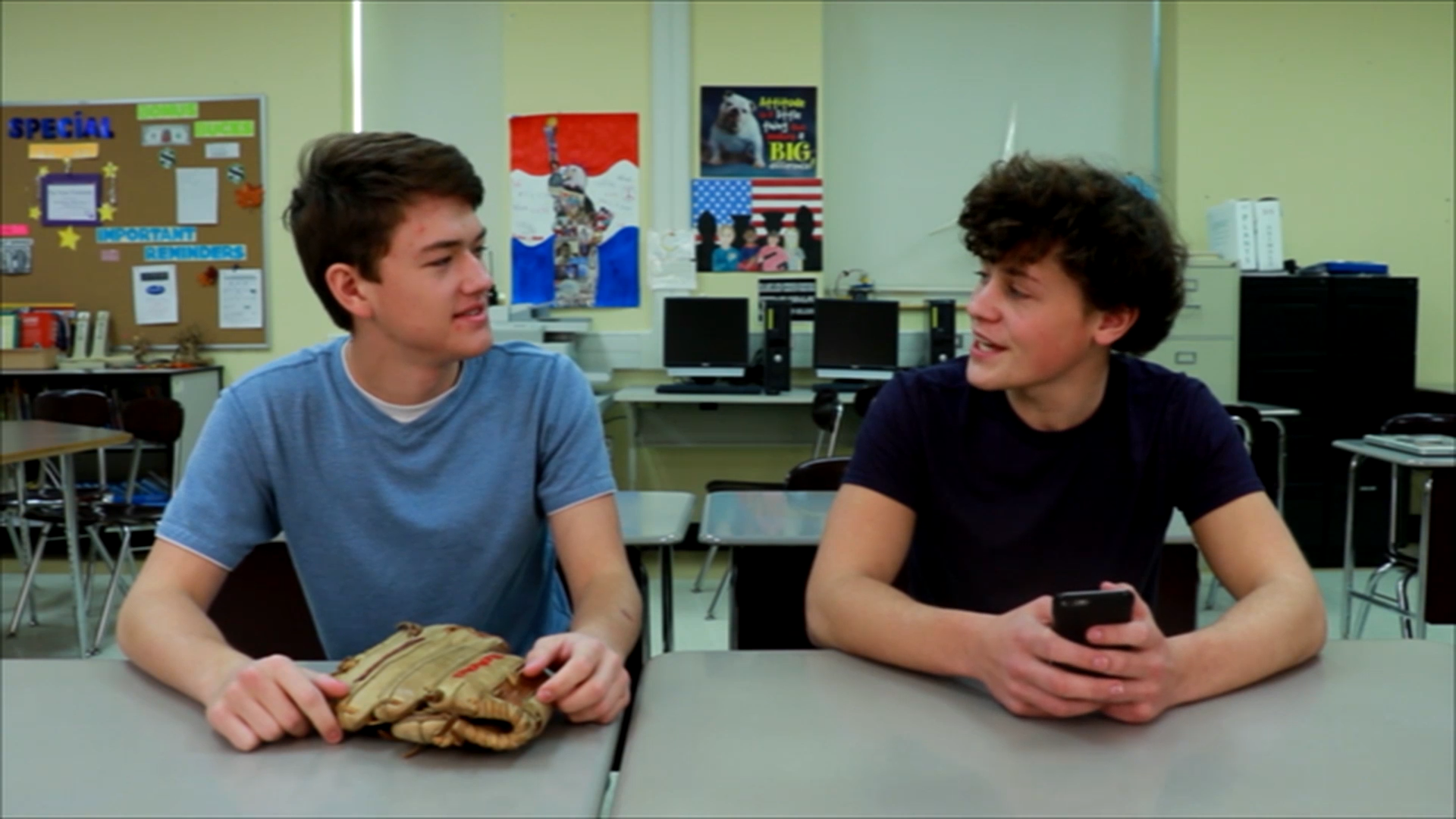In today’s interconnected world, it’s more important than ever for educators to help students develop strong social connections. One of the most effective ways to achieve this is by encouraging students to explore their shared interests. By engaging in conversations about common hobbies and activities, students can form deeper bonds with their peers, fostering a positive classroom environment. In this blog post, we will discuss an easy, no-prep activity that educators can use to help students identify and discuss their shared interests, along with discussion questions and related skills to enhance the learning experience.
Introduction
Shared interests are a powerful tool for building social connections, as they provide a common ground for students to engage in meaningful conversations. By discussing their hobbies and activities, students can learn more about each other, develop empathy, and improve their communication skills. In this blog post, we will present a no-prep activity that encourages students to explore their shared interests, followed by discussion questions and related skills to further enhance the learning experience.
No-Prep Activity: “Interest Bingo”
This simple, no-prep activity requires no materials and can be easily adapted to any classroom setting. Here’s how it works:
- Ask students to sit in a circle or a semi-circle, facing each other.
- Explain that they will be playing a game called “Interest Bingo,” where the goal is to find classmates who share their interests.
- Ask each student to think of one hobby or activity they enjoy and share it with the group.
- Once all students have shared their interests, ask them to find someone in the group who shares the same interest.
- When a student finds someone with a shared interest, they should strike up a conversation about that interest, discussing why they enjoy it and any experiences they’ve had related to the activity.
- Continue the game until all students have had the opportunity to discuss their shared interests with at least one other person.
This activity not only helps students identify shared interests, but also encourages them to practice their communication skills, build empathy, and foster a sense of belonging in the classroom.
Discussion Questions
After completing the “Interest Bingo” activity, engage your students in further discussion with the following questions:
- How did it feel to discover that you share an interest with someone else in the class?
- Did you learn something new about a classmate through this activity? If so, what did you learn?
- Why do you think shared interests are important in building social connections?
- How can we use our shared interests to create a more positive and inclusive classroom environment?
- What are some other ways we can learn about the interests of our classmates?
Related Skills
In addition to exploring shared interests, there are several other social-emotional learning skills that can help students build strong social connections, such as:
- Active listening: Encourage students to pay attention to their classmates’ thoughts and feelings, showing empathy and understanding.
- Effective communication: Teach students how to express their thoughts and feelings clearly and respectfully.
- Conflict resolution: Help students learn how to address disagreements and find common ground in a constructive manner.
- Teamwork and collaboration: Provide opportunities for students to work together on projects, emphasizing the importance of cooperation and shared responsibility.
Next Steps
Now that you’ve learned about the power of shared interests in fostering social connections, we invite you to explore more resources and activities designed to enhance your students’ social-emotional learning. To get started, sign up for free samples of our skill-based materials at Everyday Speech. By incorporating these resources into your teaching, you can help your students build strong social connections and create a more inclusive, supportive classroom environment.











